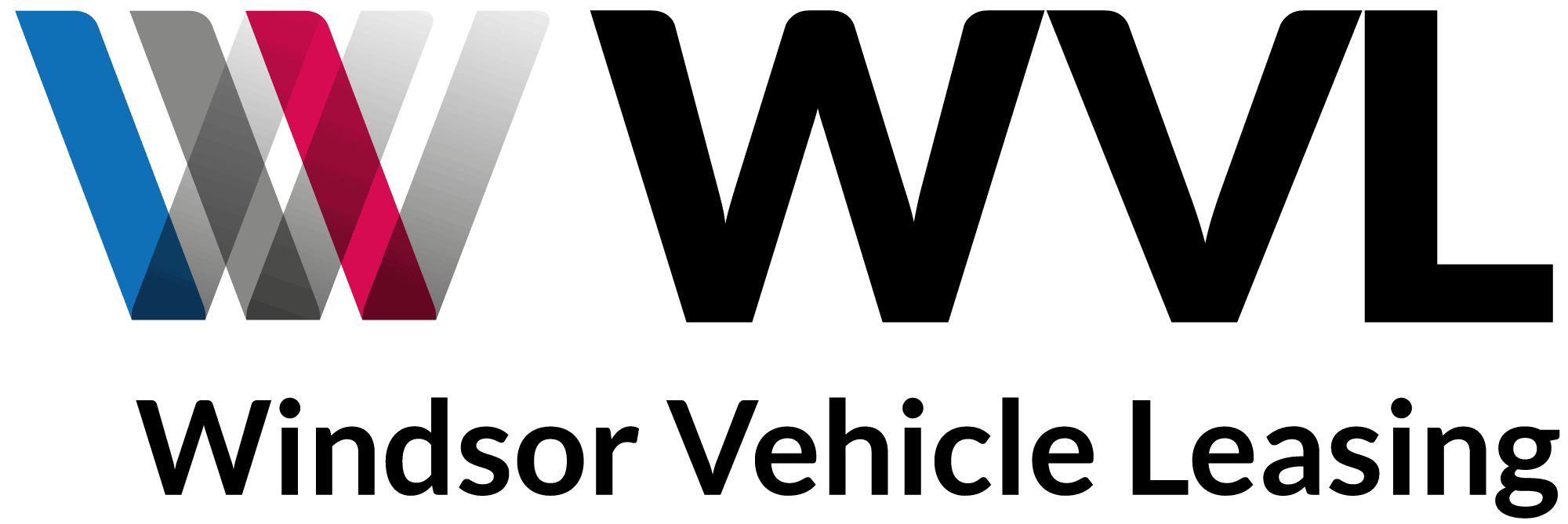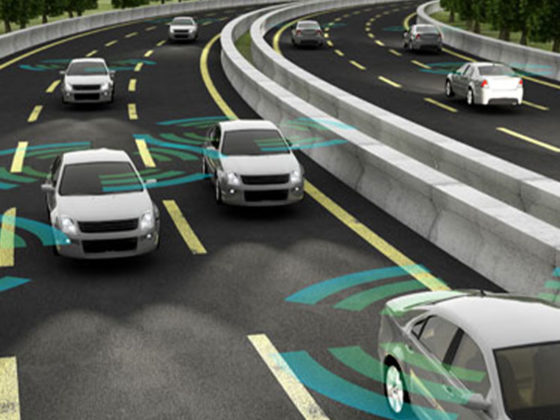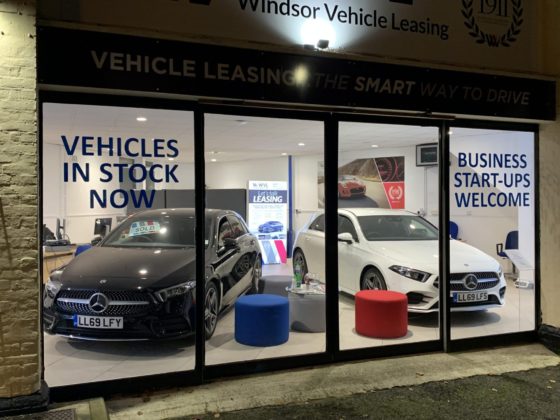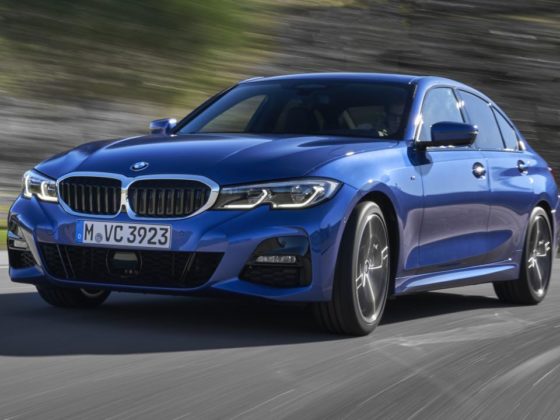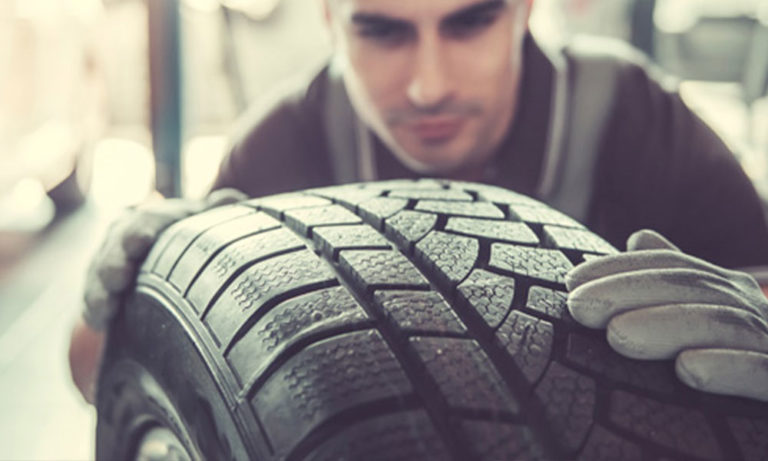
Tread with Care: proposed change to minimum tyre tread depth
Tread with Care: proposed change to minimum tyre tread depth https://wvl.co.uk/wp-content/uploads/Tyres-featured-1.jpg 1000 600 Anthony https://secure.gravatar.com/avatar/0ce9a76712b2ebb44190c51857fae37600a61d6fe57138c94dce31a727aa27ec?s=96&d=mm&r=gCalls by the tyre industry for increasing the minimum tread depth to 3mm, or even 4mm, have been met with strong resistance – surprisingly, by Michelin. They argue that their tyres are made to guarantee effectiveness right down to 1.6mm, and that premature replacement is a waste of money, harmful to the environment and potentially reduces its overall safety performance.
Keeping track
The legal limit remains at 1.6mm across the central 75% of the tyre (a threshold set by motoring experts some 25 years ago), with a recommendation by RoSPA in 2005 to replace tyres at 3mm due to their diminished performance particularly in wet conditions – as the depth decreases stopping distance in wet weather will increase.
Recent research reported by tyre retailer KwikFit has shown that 73% of our blue light services (police, fire & ambulance) change their vehicles’ tyres at a tread depth between 2.6 to 3mm, some 10% in fact change them as early as 3.1 to 4mm. This is of course encouraging, understanding how greater tread depth can reduce stopping distances in wet conditions – and KwikFit’s view was that motorists should follow their example.
Michelin however, are challenging this move with their own new research: they are in favour of not replacing tyres at 3mm, but rather waiting until they are close to the 1.6mm limit. Their study has shown no link between tread depths of 1.6mm and accident rate, and perhaps surprisingly that a premium tyre worn to this limit can perform as well as a brand new lower-performing tyre. Changing a tyre early therefore doesn’t guarantee safety and they are advising against premature replacement.
All new tyres are not equal, nor do they wear or perform in service at the same levels. Differences in casing design, tread pattern, materials and rubber compounds all affect wear and performance. Lower quality tyres which may perform well and meet standards when new, in tests, can slide 30% in performance when tread reduces to below 3 or 4mm. Higher quality tyres can perform well through to the legal limit.
They are promoting wider testing of tyres as a guide to in-life performance, rather than going by a blanket rule which may waste tyres with many more safe miles left in them.
The cost of change
Michelin commissioned Ernst & Young to investigate consumer costs and they determined that replacement at 3mm would cost EU drivers almost an extra €7bn in purchase costs and fuel consumption. It would also require an extra 128 million tyres in Europe per year, with 9m tonnes of additional CO2 released.
Furthermore, new tyres with greater tread depth are less fuel efficient than those with lower depth: ‘rolling resistance’ reduces with depth, so fuel economy will improve with wear.
They also found that a worn tyre is capable of stopping more quickly than a new tyre in dry conditions – in fact becoming safer with wear.
All Weather
Critically, when we think of tyre safety, we think of driving – and stopping – in wet weather. Michelin’s tests showed that some worn tyres can perform as well as new tyres in wet conditions.
The original MIRA (Motoring Industry Research Association) data from 2003 showed that wet stopping distances start to increase dramatically at tread depths of below 3mm. At the legal minimum tread depth of 1.6mm, the wet stopping distance increased by 36.8% on asphalt vs 44.6% on concrete. Tyres with a 3mm tread had a 25 per cent better stopping performance than those at 1.6mm in the wet.
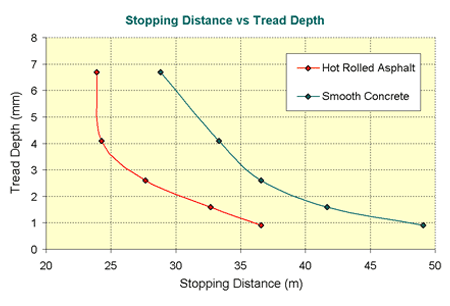
Michelin’s stand is one of balancing the tyre’s performance in all conditions, not just the wet, and their data clearly supports extended wear beyond the 3mm limit can be beneficial in terms of cost, fuel consumption, and safety on dry roads. That said, given the levels of rainfall we can see here in the UK, and how wet conditions are better handled with more tread depth, whether this view will stand its ground remains to be seen.
“I just can’t agree with Michelin’s stance. I’ve conducted exhaustive tests, measuring cars’ braking distances in the wet on tyres with 8, 3, and 1.6mm tread depths. The 1.6mm tyres took much longer to stop… Admittedly I wasn’t using Michelin tyres – but they were from a premium rival.”
Kim Adams, Auto Express products editor
Losing Grip
Only 1 in 8 drivers check their tyre tread depths regularly according to a KwikFit survey, showing that the majority of points issued in 2015 were to drivers with tread levels below 1.6mm. Road safety charity TyreSafe’s research found that one third of all UK tyres were illegal – either below 1.6mm tread or with other defects. Bristol’s tyres fared worse with over 46% found to be illegal, with Greater London faring best at 13.8%.
“Well maintained tyres significantly reduce the risk of being involved in an accident.”
Stuart Jackson, TyreSafe chairman
N.B. This video is dated 2011, prior to Michelin’s recent study.
Round-up
Until new guidelines are published, the 1.6mm minimum, and 3mm advisory limit will remain. The key point is to check your tyres regularly; not only is it one of the top three MOT fail items, risking 3 points and fine up to £10,000 is surely an incentive to keep a watch. The AA recommends checking more frequently when tread depth reaches 3mm, and consider replacing the tyre when it approaches 2mm. Always allow extra room for braking in wet conditions, and don’t forget to check your pressures too. Most importantly, maintaining your tyres could prevent you losing grip on the road surface or suffering a blowout – the consequences of either being potentially catastrophic.
Tyres are included with WVL’s Full Maintenance Packages!
No need to worry about the cost of replacement tyres when you lease your vehicle from WVL with a maintenance package – tyres are covered! Whilst it’s still your responsibility to monitor their wear and condition between scheduled services, the cost of replacement is fully included in the deal. Click here for details:
See our current lease deals here or call us on 01753 851561 for more information.
